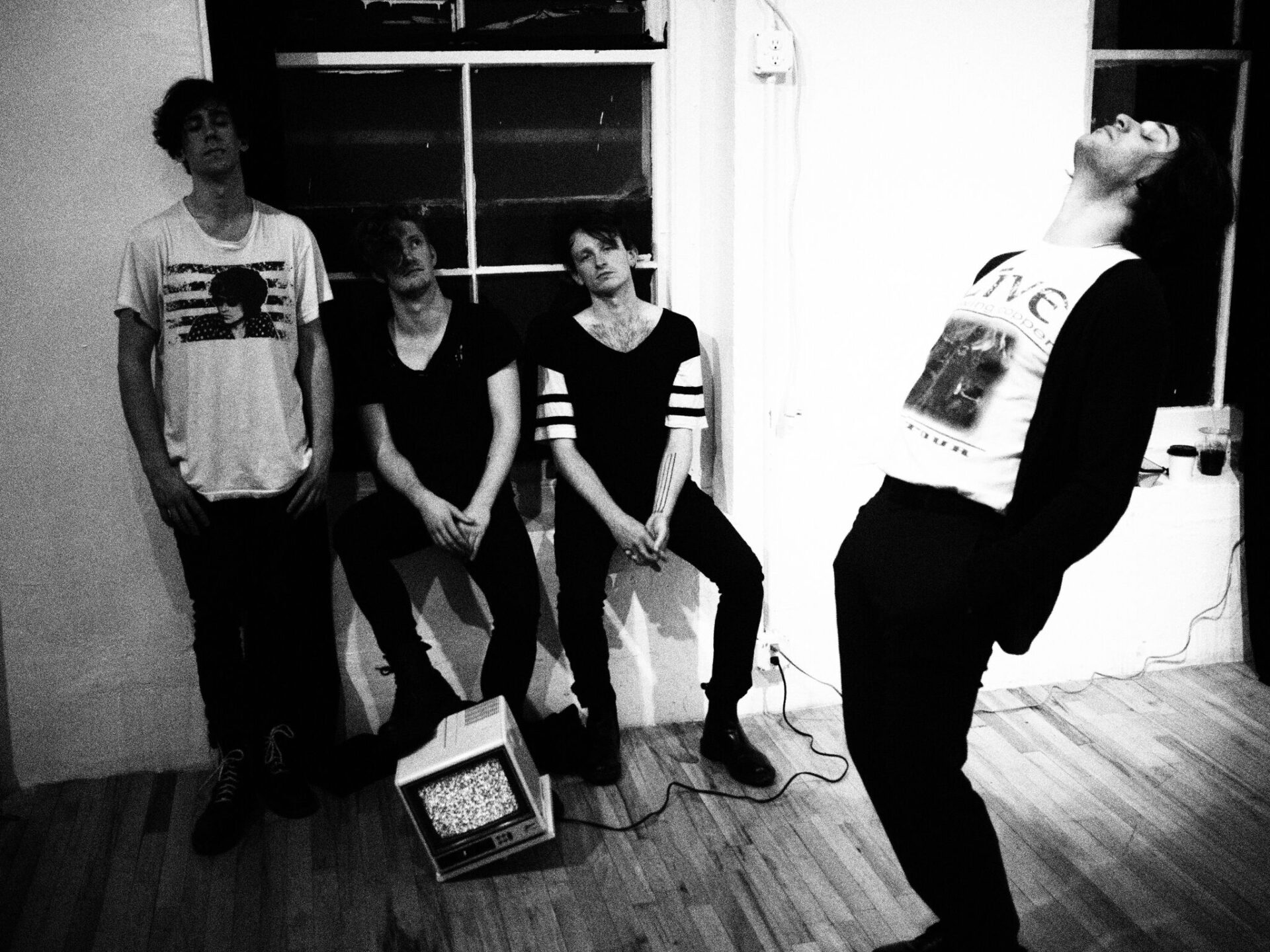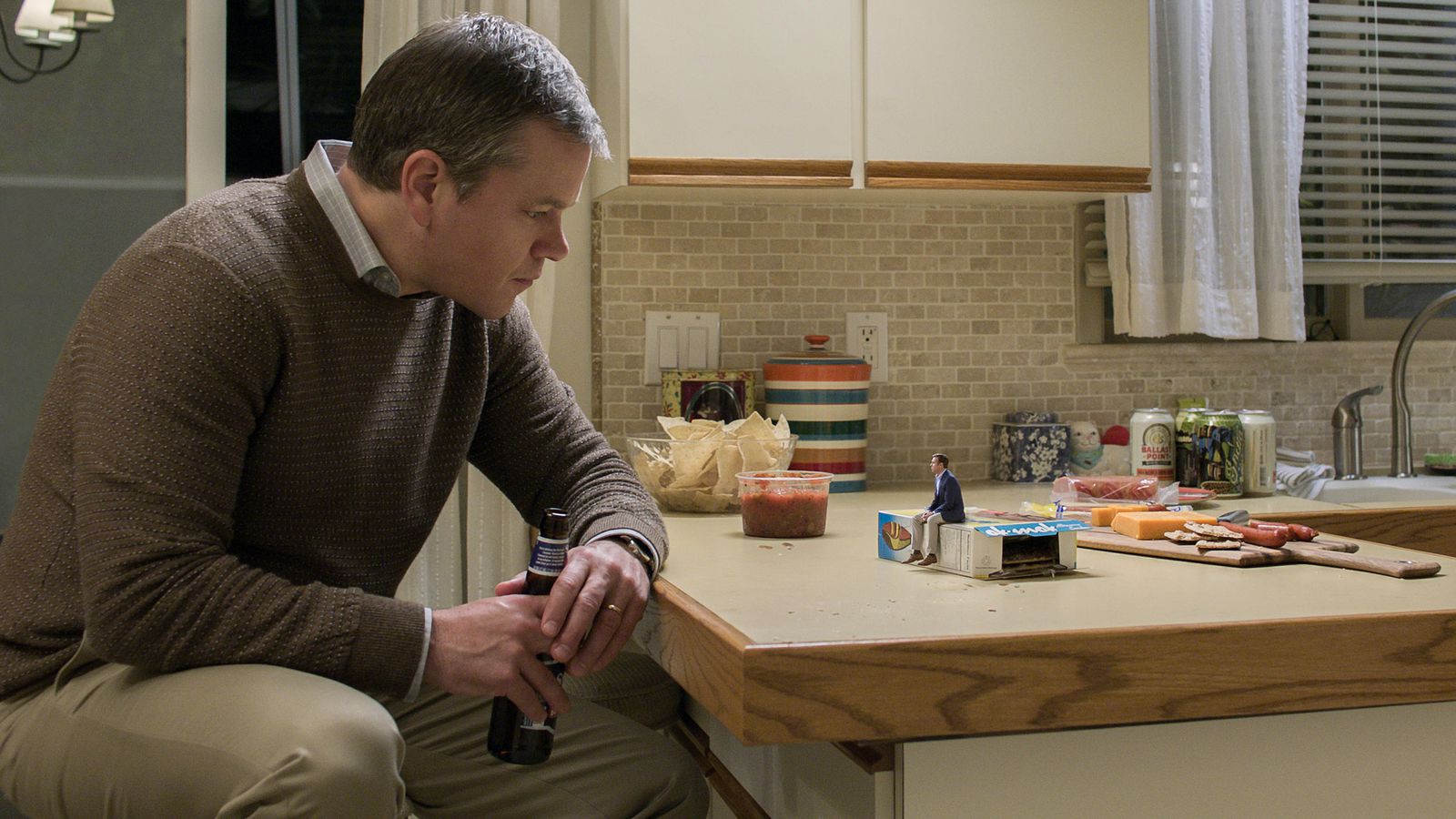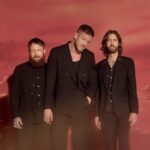The LEGO Movie was a bolt of lightning out of the blue, a toy commercial that by no right should have been as funny and insightful as it was and was consequently one of the best films in the year of its release. Earlier this year, The LEGO Batman Movie revived some of that magic, spinning off one of The LEGO Movie‘s most iconic characters into a hilarious riff on the entirety of the Batman mythos. However, The LEGO Ninjago Movie is a bit of a different story. As a promotion of a LEGO-specific property that has only existed for the past decade or so, there isn’t as much intrinsic pop-culture appeal to this movie beyond the notion that the other LEGO movies have been good, so why wouldn’t this one be? The good news is that, yes, The LEGO Ninjago Movie is a funny and entertaining entry to this franchise, but the bad news is that the diminishing returns of the first film’s winning formula are starting to show their seams.
The basic premise of Ninjago is essentially a LEGO version of Power Rangers. A group of six teenagers in the city of Ninjago are secretly a clan of ninjas that protect the city from the persistent invasion of the villain Garmadon (Justin Theroux). They do kung fu and drive giant mechs based on their representational elements—fire, water, ice, earth, lightning, and… green—and through their combined might they keep Garmadon from conquering despite his ever-evolving plans. More specifically to the narrative of this film, the Green Ninja, Lloyd (Dave Franco), has trouble coming to terms with the fact that Garmadon is his father, and he leads a quest that not only will unite the Ninjago team around him, but will also cause him to grow past the resentment that causes him to recklessly lash out against their foe.
So, once again, we have a LEGO movie wherein the central thematic underpinning is one of paternal neglect or abandonment, which simultaneously feels like the franchise’s comfort zone but also a bit old hat by this point. The emotional beats of Lloyd and Garmadon coming to know and understand one another after years of parental absence are heartfelt and genuine, giving this film an emotional core that many commercial children’s films lack, but there’s something so played out about this narrative in light of the other two films in the LEGO franchise that every beat feels preordained even as it plucks those heartstrings. This is also reflected in the film’s humor, which is more consistently chuckle-worthy than outright hilarious, leaning a little too heavily on neurotic randomness that probably speaks to the YouTube generation the film is geared toward. Ninjago isn’t bad; it’s just disappointing compared to the standards of what came before it.
Even so, there is still a lot of the old LEGO charm floating around in The LEGO Ninjago Movie. The playtime story logic that defined the other two films through a marriage of jerky animation and real life objects is still as endearing as ever, even if the real life framing device for the main story’s narrative feels more than a little contrived for an in-person Jackie Chan cameo. At the end of the day, this is another LEGO Movie, and the animation team at Warner Brothers has proven a commitment to delivering slick tongue-in-cheek family entertainment that is accessible at all levels. One can only hope, though, that going forward they can find a new angle by which they may approach their narratives, because the daddy issues wrapped in childlike wonder shtick is starting to wear a little thin.













